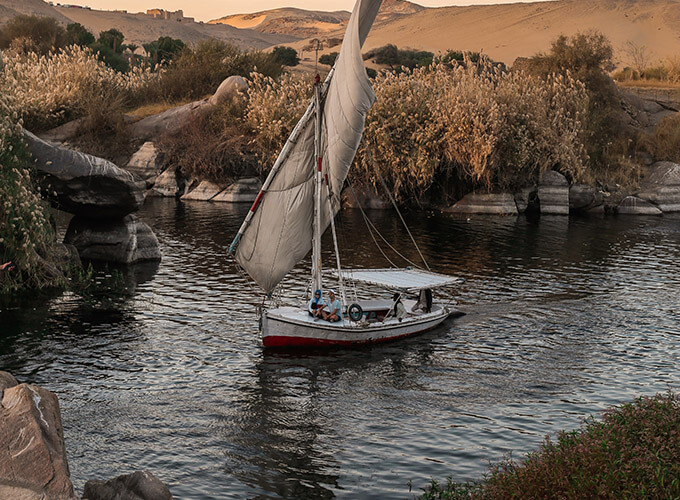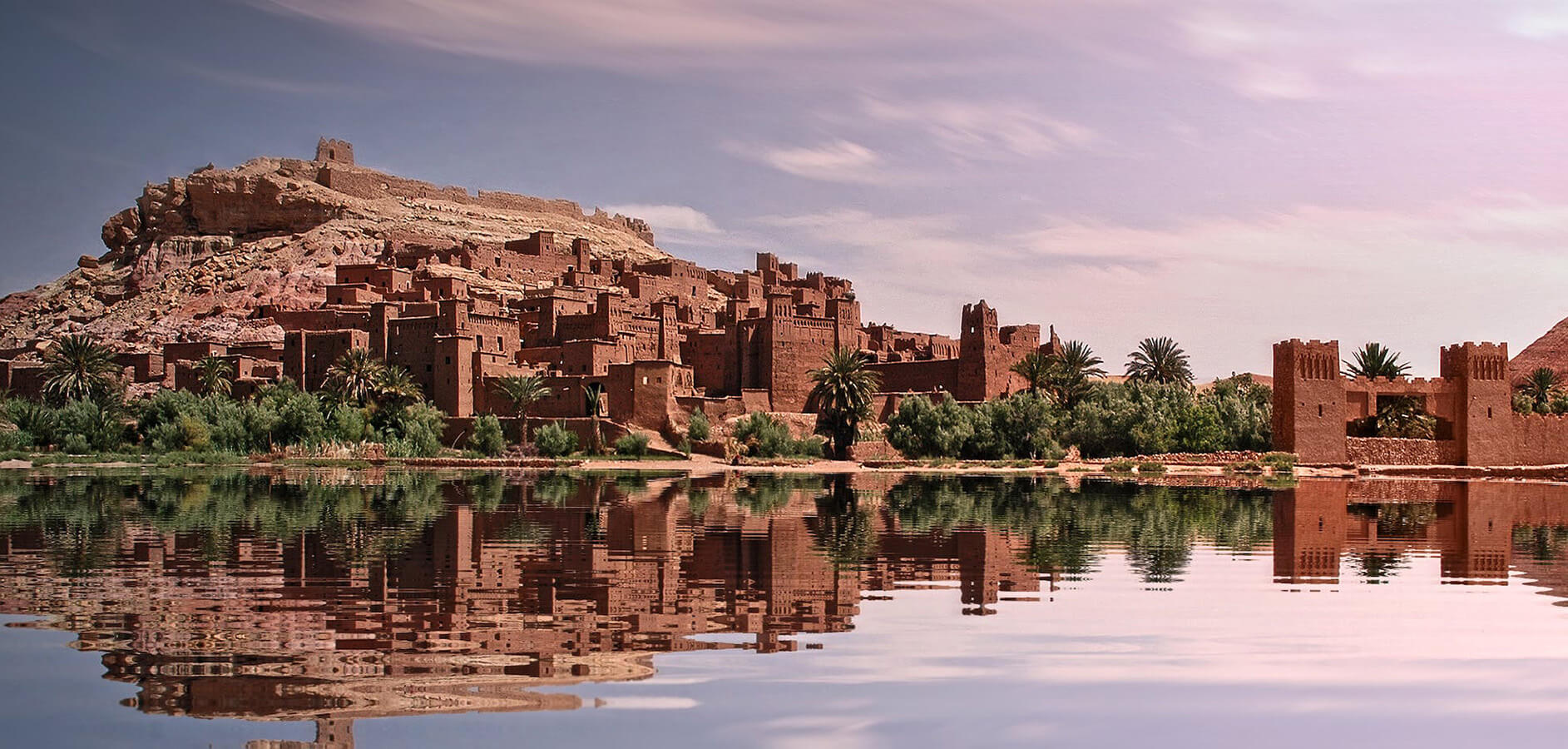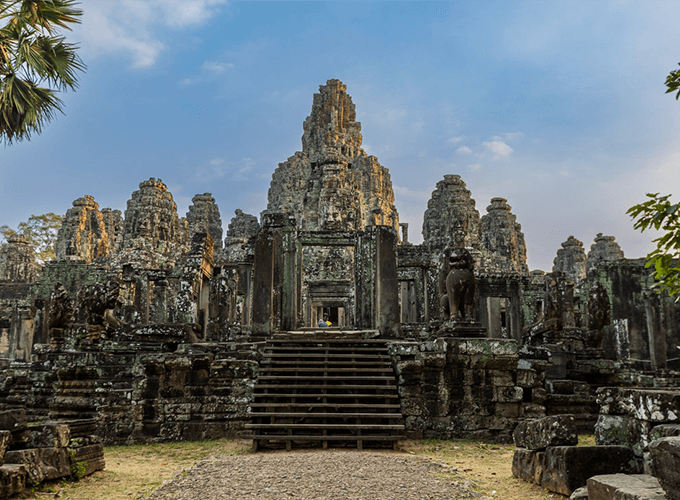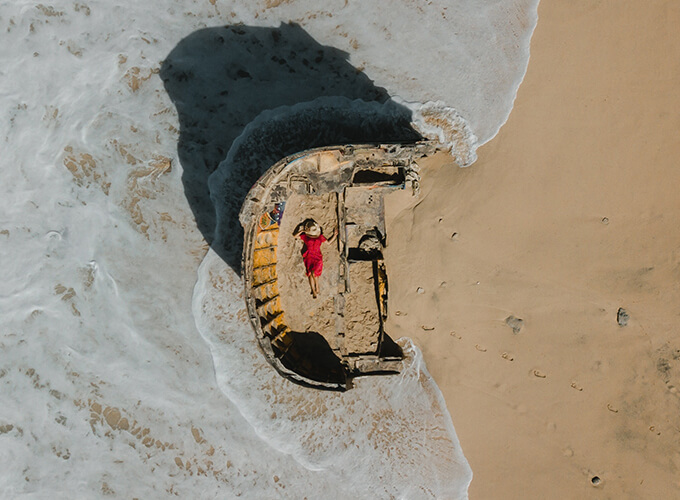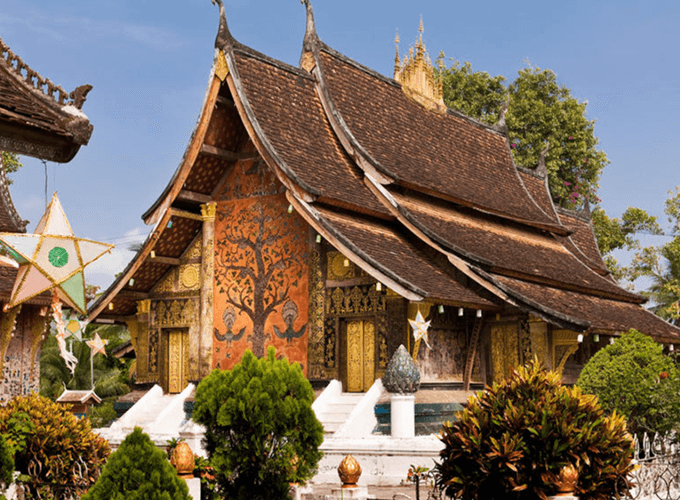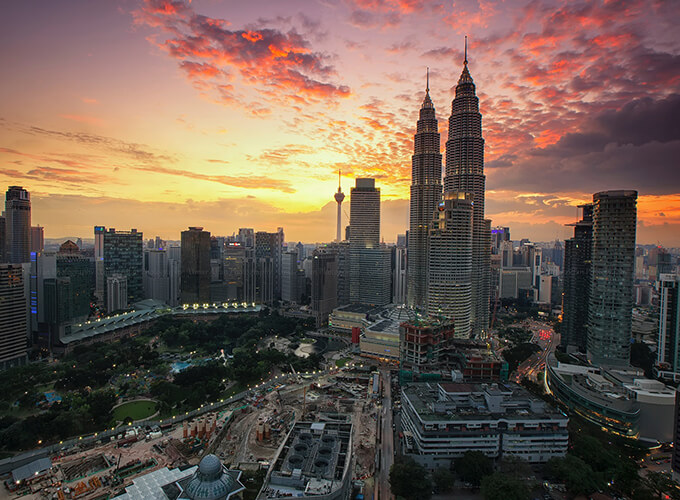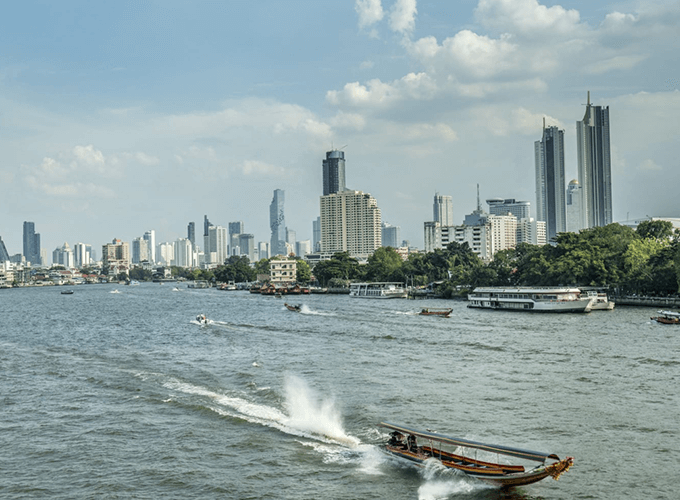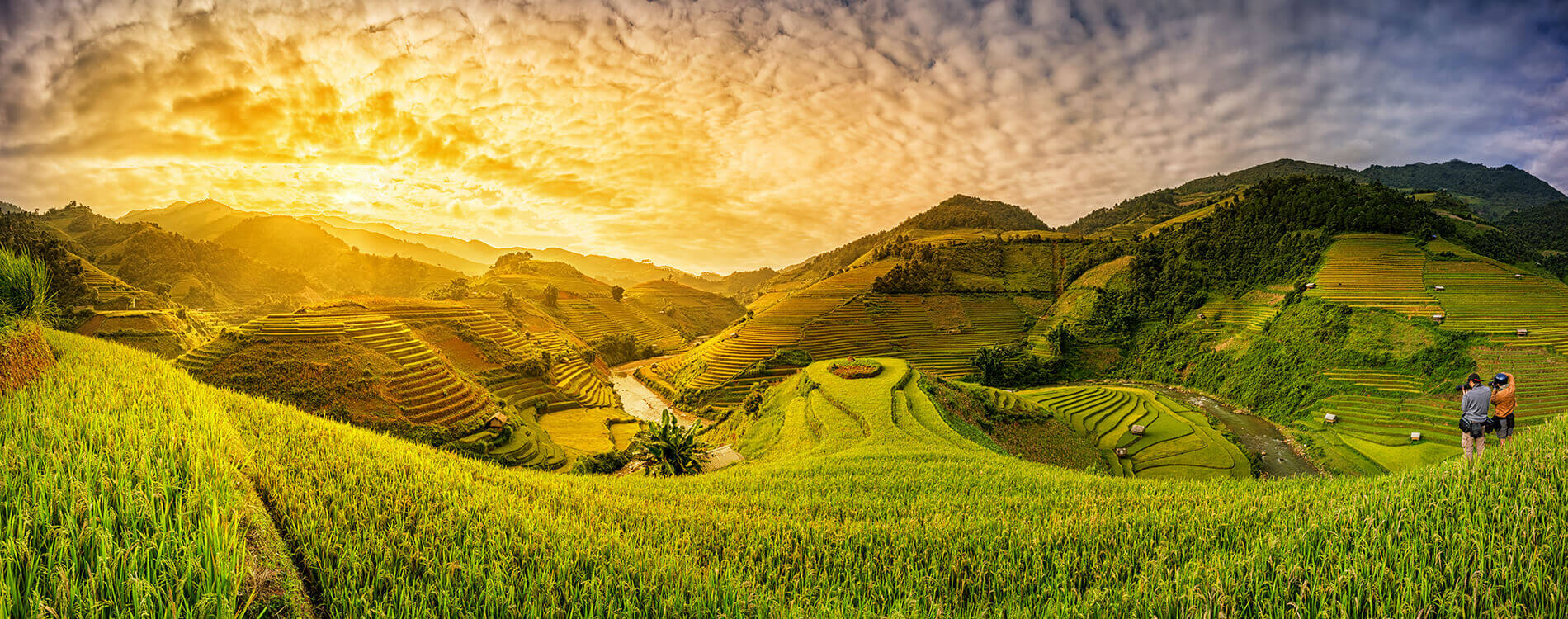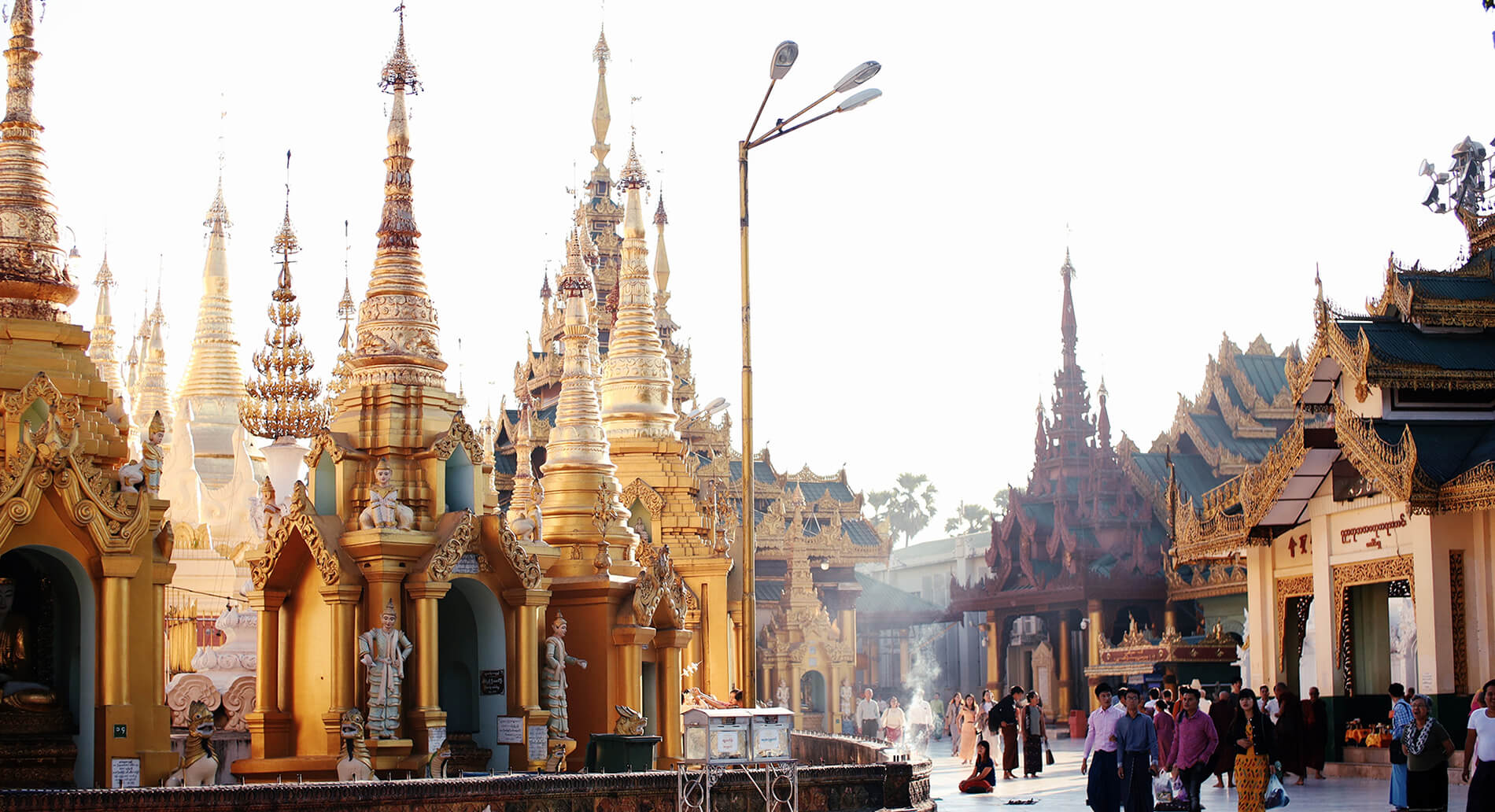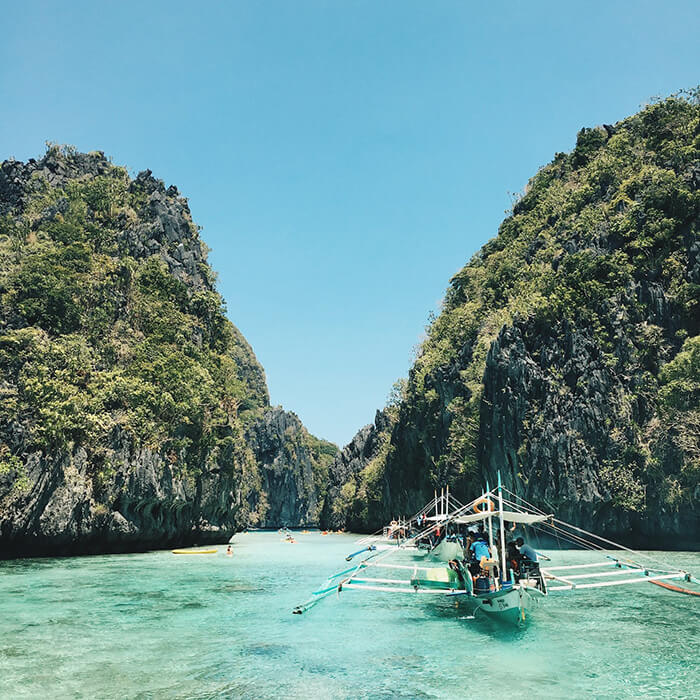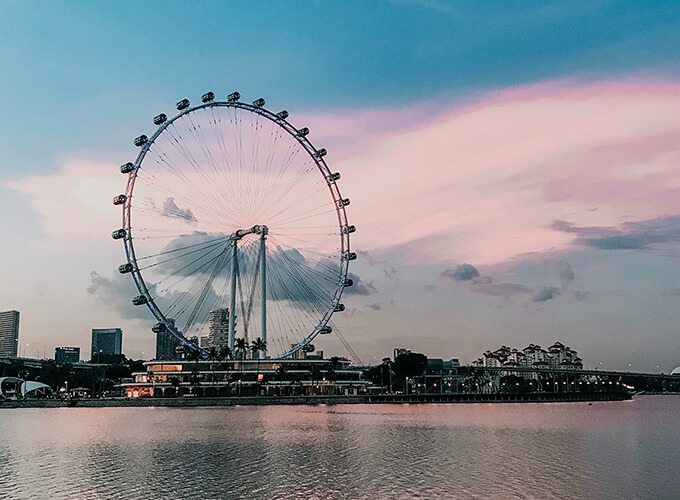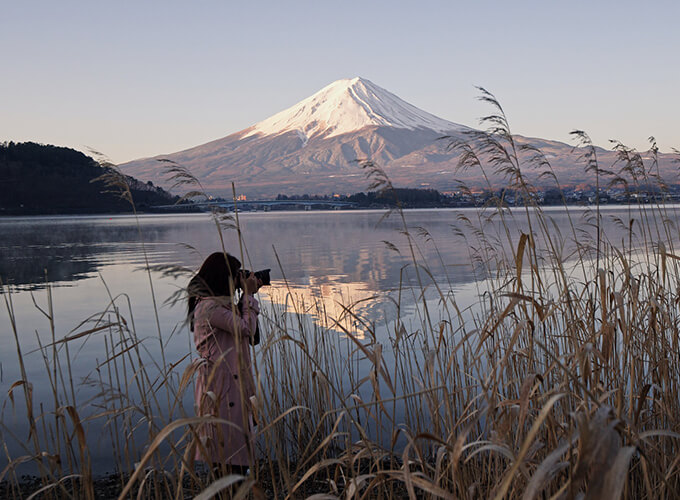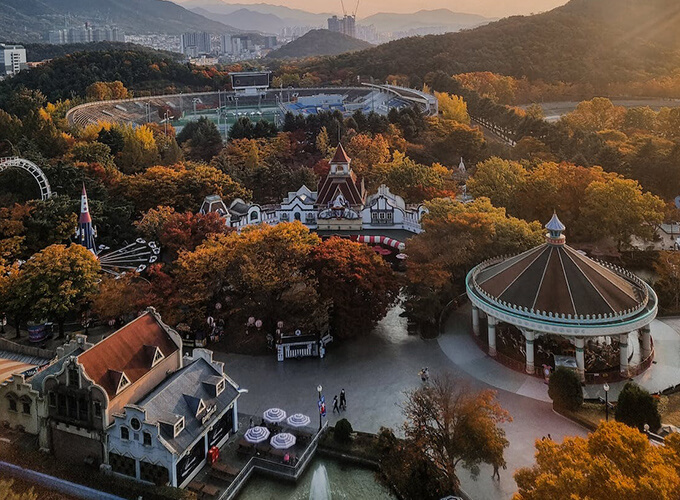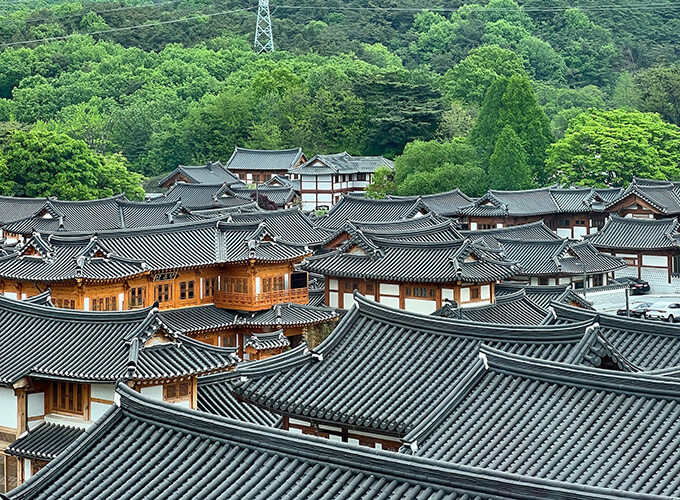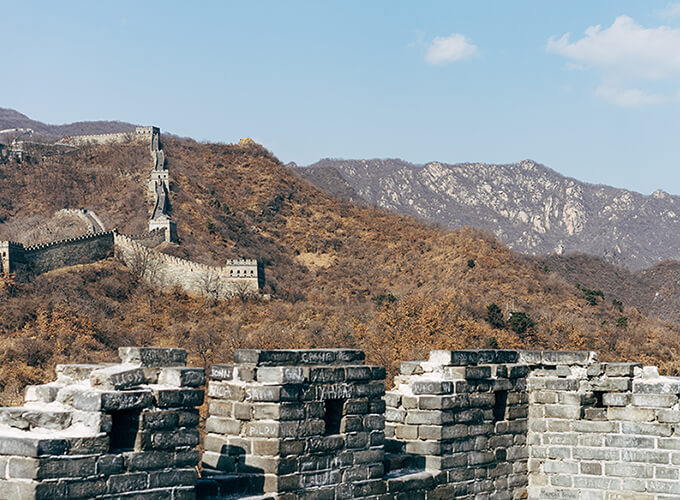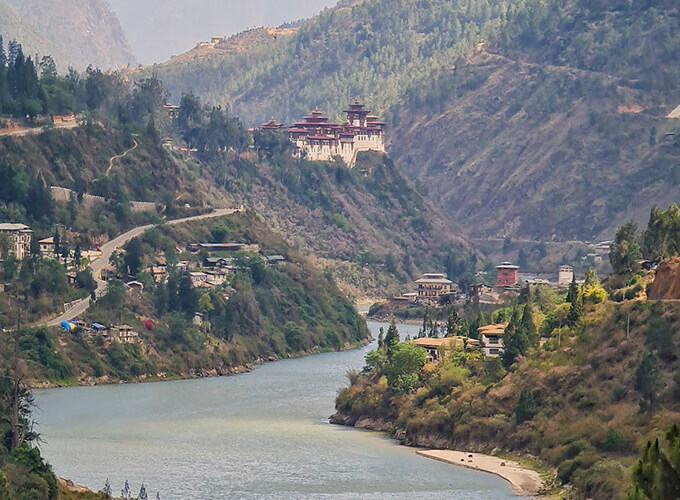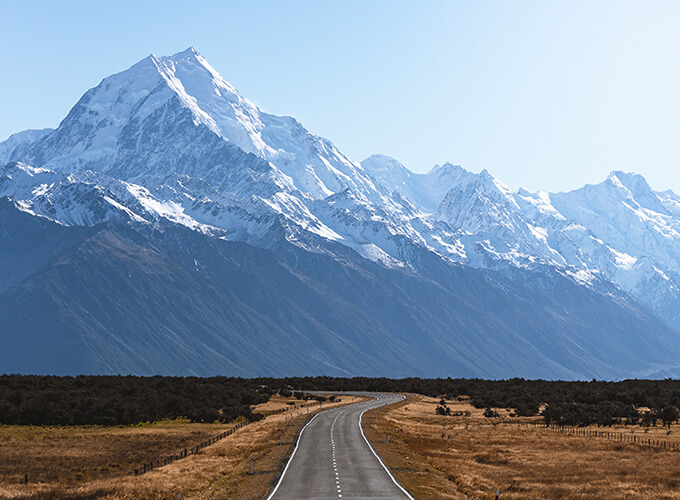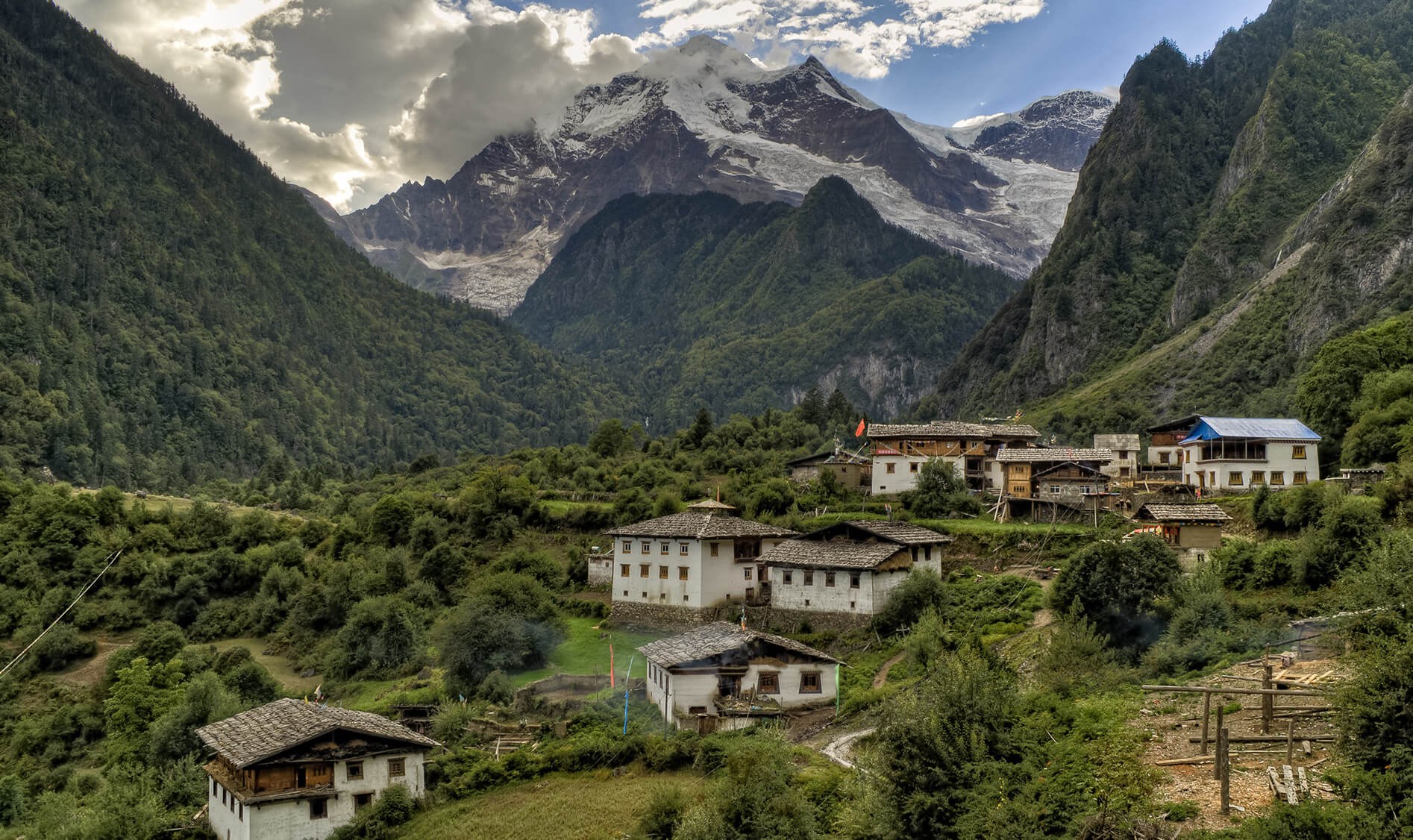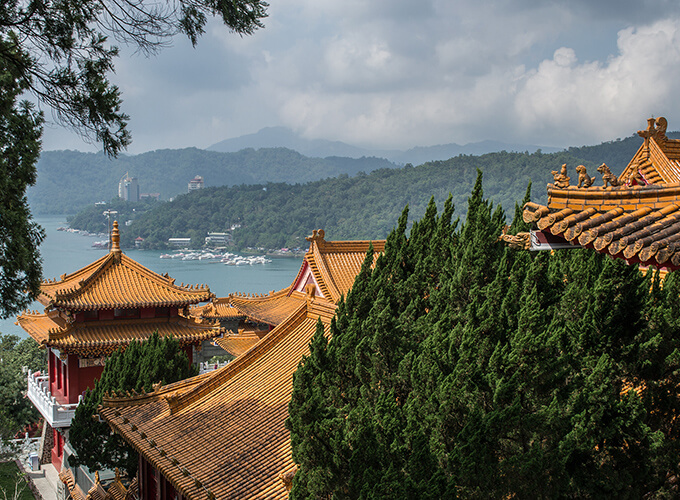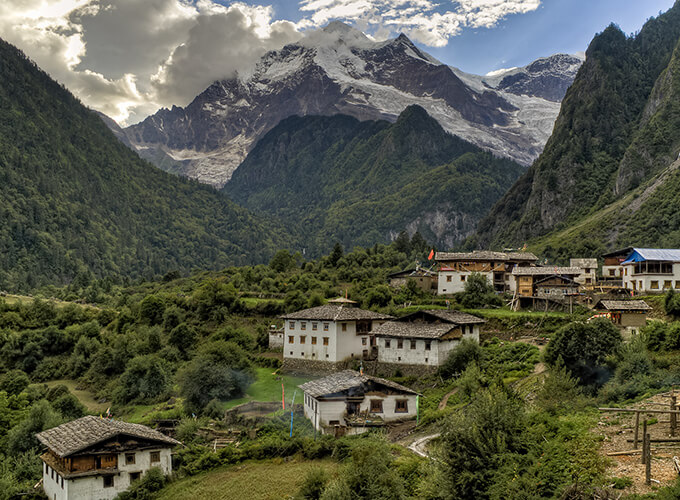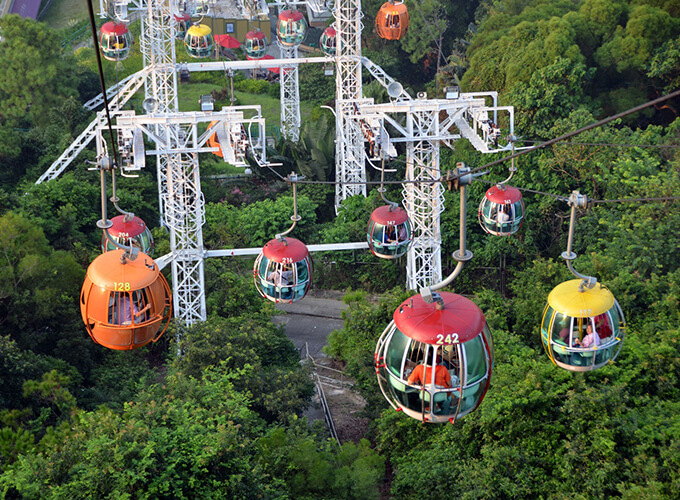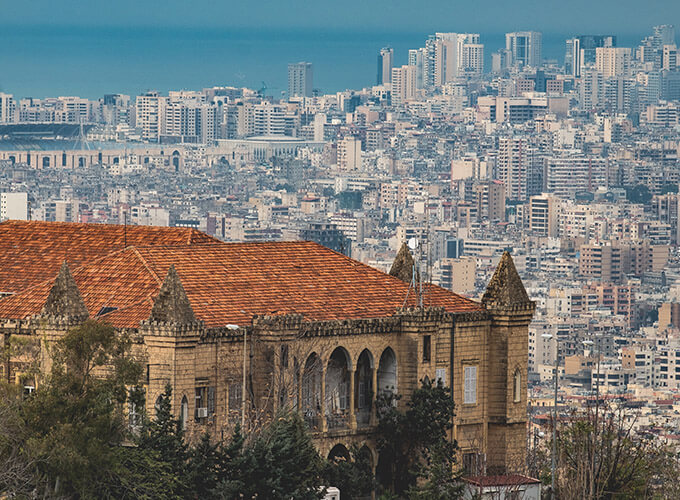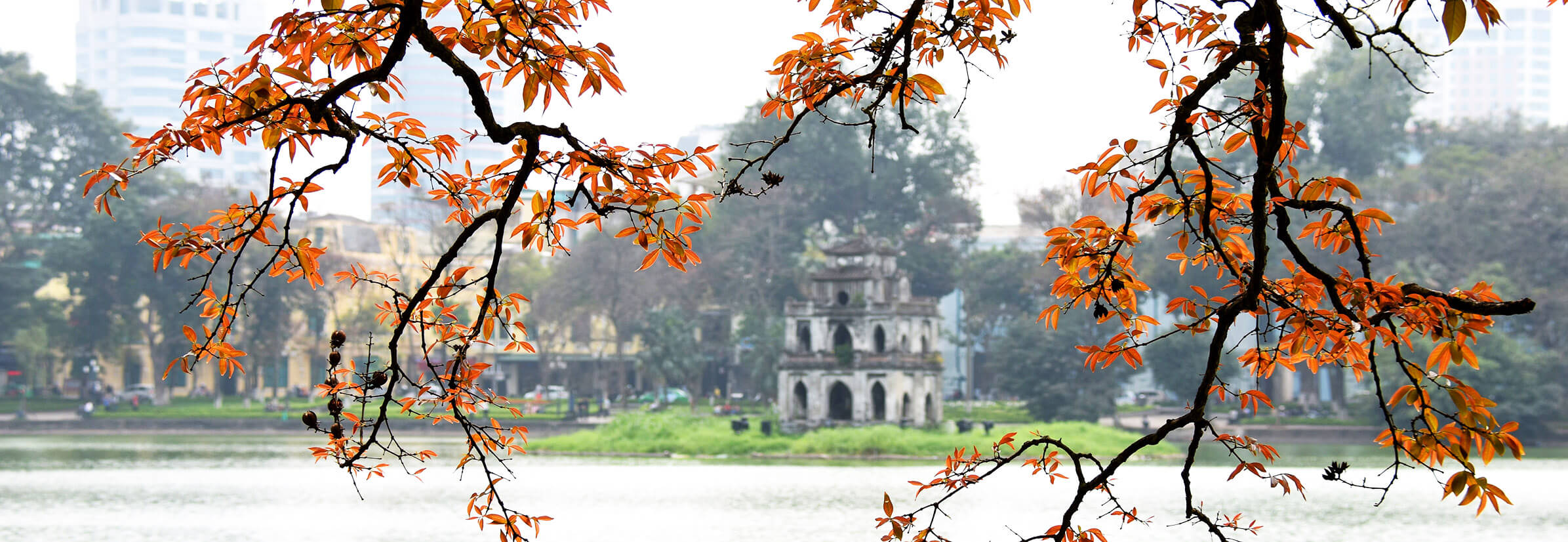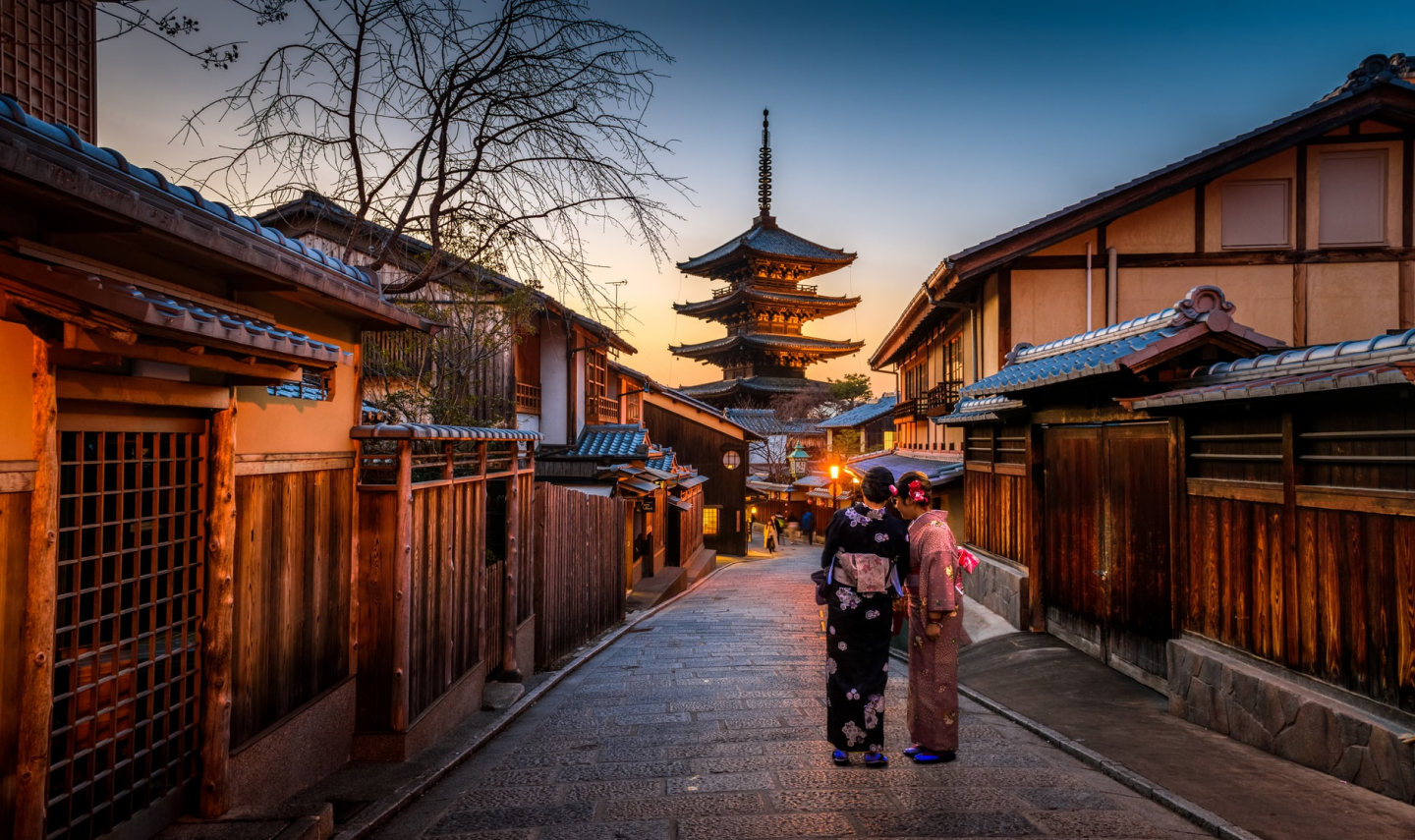Kanazawa is the most convenient and pleasant Japanese city because of its small size and low population density. During the Edo era, the governing Maeda dynasty expanded it to compete with Kyoto as the cultural capital of Japan.
Following the proposed schedule below, you may spend three days in Kanazawa sampling all aspects of Japanese culture, from garden design to pottery making. Since it is both more peaceful than Kyoto and less frenetic than Tokyo, a trip that includes Kanazawa is a great way to see a grand tour across Japan. Check out our Japan Travel Guide at My Way Travel for additional information on making the most of your stay in Kanazawa and the rest of Japan.
Day one
Private guided stroll through Kenrokuen Garden
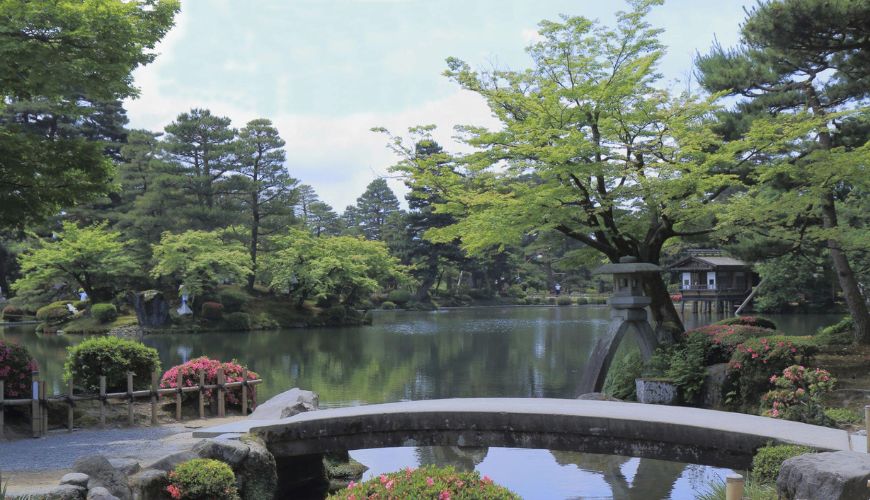 Kenrokuen Garden
Kenrokuen Garden
Through my many trips to Japan, I've come to appreciate Japanese horticulture for its nuance. You may find several layers of significance in the well-manicured trails, much as in a picture. In the heart of Kanazawa, you'll find Kenrokuen, widely regarded as one of best gardens jn Japan's.
It is laid out as a walking garden, with specific paths to take. Your guide will show you the route, exemplifying miegakure, the art of guiding tourists to a certain vantage point. There are precise guidelines for trimming Japanese pines, which you may learn about as you hear how the ideals of influential historical figures impacted the garden.
Then, following your guide's instructions, you'll exit the garden and enter Gyokusen-en, the Nishida family's private garden from the Edo period. This classic moss garden has a miniature landscape with rolling hills and valleys mirrored in a fern-lined pond.
The teahouse at Gyokusen-en is one of the oldest in Japan, and its screen doors lead out into the garden's verdant grounds. A highlight of this area is the sweet wagashi, often prepared with bean paste, which is served with a freshly brewed cup of Kanazawa's characteristic hojicha, a gently roasted tea.
After-hours in the Geisha District
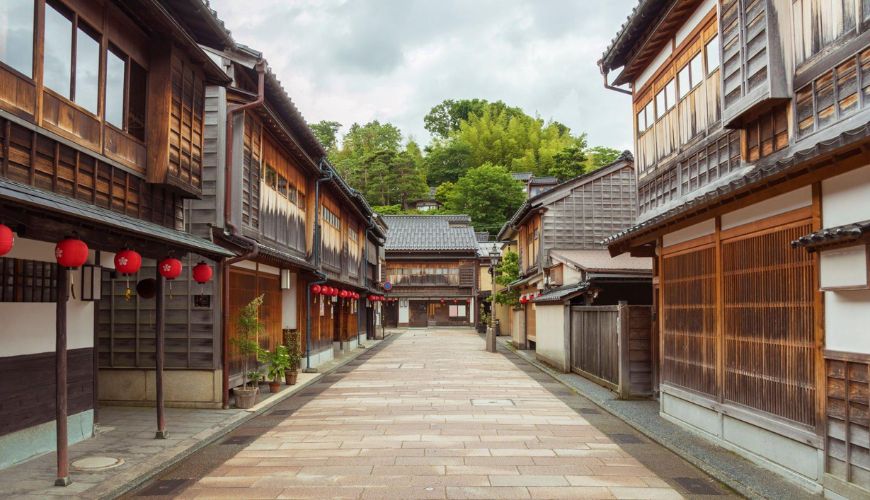 Geisha District
Geisha District
Although there are fewer tourists in Kanazawa than in Kyoto, the Geisha District in the Higashi Chayagai neighborhood will nonetheless be busy throughout the day. But if you take a guided tour late at night, the neighborhood will be all yours.
As you go through the maze of small alleys, your guide will act as a cultural ambassador for the city, keen to tell you about the area's history. In the chaya (teahouses), you may see geisha perform.
Afterward, your guide will take you to a neighborhood restaurant where you may have traditional Japanese cuisine while sitting at the same table as Kanazawa locals. Typical cuisines include hotpots using local ingredients and a variety of rice dishes.
Private audience with a geisha
With your guide acting as a translator, including this activity in your evening couldn't be simpler. Your host will serve you tea or sake with a geisha's precise, delicate motions in her private home while she tells you about her life as a geisha.
Day two
Meeting Kanazawa's artisans
The Maeda samurai clan of Kanazawa did not prove their superiority to other towns by amassing the greatest army or constructing the grandest fortress.
In Kanazawa during the 1600s, artists were gathered to combine classical training with samurai ideals. More than 400 years of continuous support for the arts has earned the city's "City of Crafts" designation as a UNESCO Creative City.
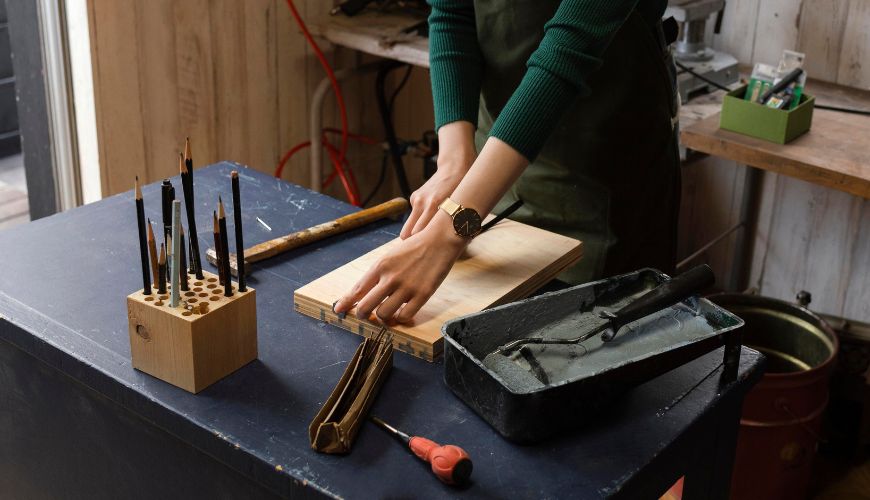 An experienced Japanese artisan prepares gold foil for use in an age-old Japanese technique.
An experienced Japanese artisan prepares gold foil for use in an age-old Japanese technique.
A day trip with a guide will allow you to meet many master craftsmen (those who have reached a high degree of recognition for their work).
Visit the studio of Kaga Yuzen master Hisatsune-san, where he paints beautiful scenes of nature, including flora and fauna, onto fine silk for kimonos. Hisatsune-san continues to run his business out of his home with the help of his daughters, despite his collaborations and partnerships with major worldwide companies and famous designers.
He presented me with a length of silk to touch and then informed me of its value, prompting me to return it. You'll get to view the projects he's presently working on and learn about the natural colors he uses, including plums, cherry blossoms, and persimmons.
In the future, you will visit the family home of the renowned Ohi potter Ohi Chozaemon. Not only is this pottery only produced in Kanazawa, but it is also produced by one family. The family and the pottery are named Ohi, and their masters are known by their respective titles, Ohi Chozaemon.
The ceramics are hand-shaped and polished with a knife, leaving characteristic imprints in the clay, and are used mostly in tea ceremonies. The final glazed product gets its ocher glow from the clay acquired locally and burned at a low temperature.
Ohi Chozaemon (the tenth) will sit with you for tea from his handmade ceramics and show you some of his works.
Day three
The freshest breakfast possible at Omicho Market
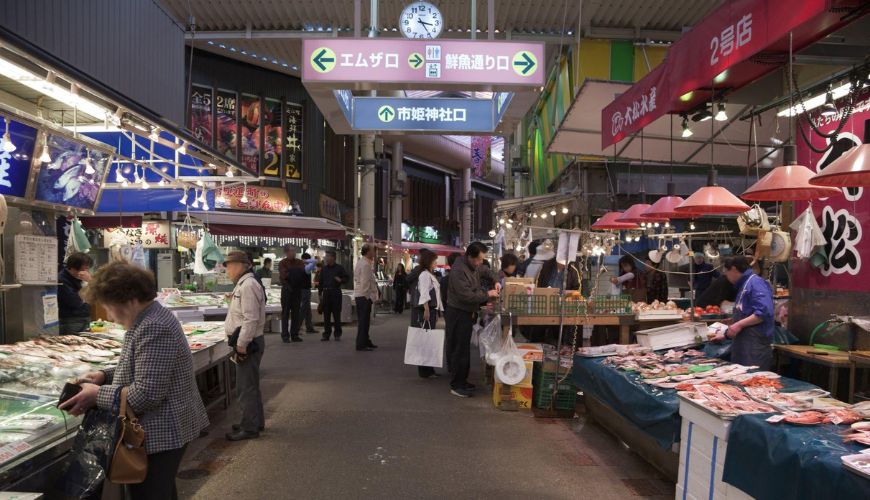 Omicho Market
Omicho Market
Many of Japan's traditional fish markets are being demolished for newer, more sterile facilities. Omicho Market needs to be a more organized maze of kiosks displaying various marine life-like museum exhibits. If you visit the market early in the morning, you may see the fresh fish being unloaded from ships in the Sea of Japan.
Some Japanese friends introduced me to the local delicacy known as kaisen-don. It's just rice with whatever fresh sashimi is available that day, including tuna, squid, and tobiko (fish roe). This may seem odd for a Western breakfast, but I defy you to find a more flavorful or fresh fish dish elsewhere.
21st Century Museum of Contemporary Art
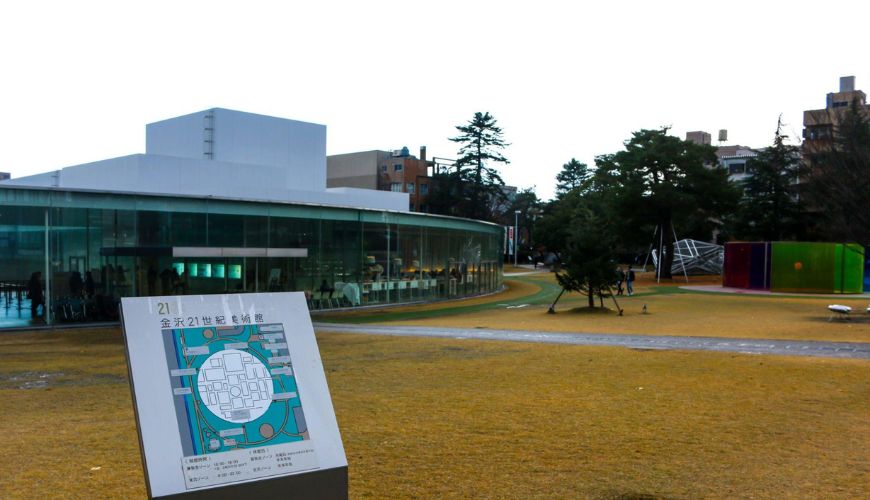 21st Century Museum of Contemporary Art
21st Century Museum of Contemporary Art
Kanazawa's manageable size is one of the city's many charms. In about 20 minutes, you may stroll from Omicho Market to the 21st Century Museum of Contemporary Art, passing through the ruins of Kanazawa Castle along the way.
Playground-like sculptures line the museum's exterior, such as Olafur Eliasson's whirling, tinted-glass Colour Activity House and Leandro Erlich's The Swimming Pool, into which visitors can peer to see people peering back at them from below the glass surface, which can be reached from the museum's interior.
The glass-enclosed structure houses a variety of establishments, including a gallery, a library, a workshop for kids, a restaurant, and a tea room. Both the permanent collection and the ongoing series of exhibits strive to connect Kanazawa with the cutting edge of contemporary art from throughout the globe.
Nagamachi Samurai District
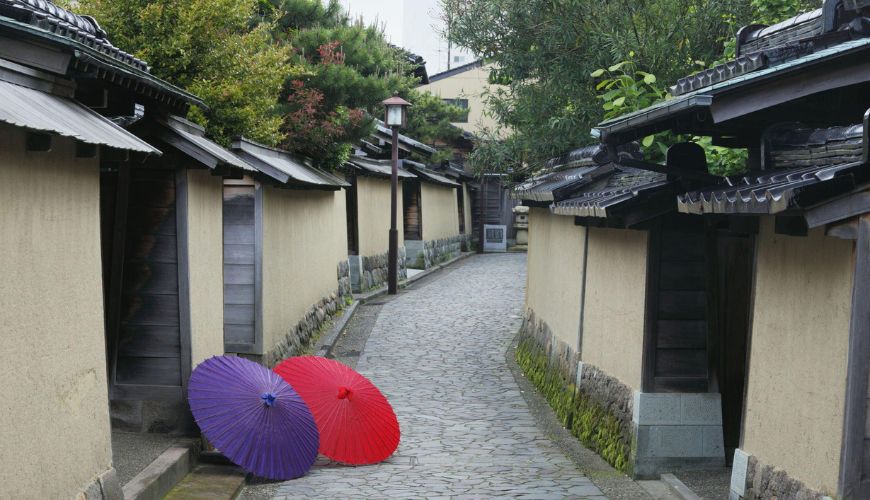 Nagamachi Samurai District
Nagamachi Samurai District
After a ten-minute walk to the west, you may reach the gallery's tiny alleyways surrounded by towering earthen walls. During the Edo era, samurai and their families resided in the bukeyashiki housed inside these miniature forts.
I could spend hours exploring the hidden alleys, and many homes are available to the public. Featuring samurai helmets and beautifully painted fusuma (screen doors), the Nomura Samurai House is a stunning representation of a rich, high-ranking residence. The Ashigaru Shiryokan Museum, which preserves the modest dwellings of two lower-ranking foot soldiers, provides an intriguing contrast.
Visit Myouryuji if you're in Kanazawa with kids or want your Japanese culture with a touch of kitsch. The Maeda lords of Edo sought a military outpost in the city, but the shogun (the emperor's chief military commander) prevented them from doing so. Instead, they constructed what is now known as the Ninja Temple.
A ninja who speaks English will lead you through the temple's maze of tunnels, hidden chambers, traps, and passageways. The temple's defiant architecture conceals a four-story structure—the unlawful levels are only accessible via stealthy ways (I won't spoil the surprise).
Where to stay in Kanazawa
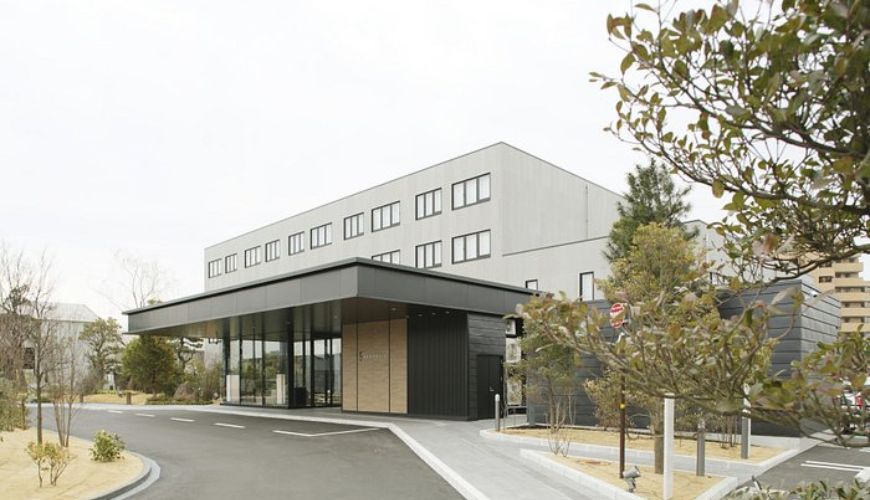 Sai No Niwa
Sai No Niwa
The hotels in Kanazawa are primarily generic chain resorts. In contrast, I recommend Sai No Niwa, a Western-style hotel with a very Japanese vibe.
Staying in a ryokan (traditional inn) with tatami mats, futons, and attentive hosts is the way to go if you want a more genuine experience in Japan. Nearby Omicho Market, Asadaya Ryokan serves an excellent kaiseki supper (a multi-course buffet of regional specialties).
How to get to Kanazawa
Getting to Kanazawa from either Tokyo or Kyoto takes around two and a half hours on the bullet train. The station is remarkable in and of itself, with a wooden gate standing 13 meters (44 feet) tall at its entry. The spiraling wooden pillars evoke the tsuzumi used in noh (an ancient Japanese theater originating in Kanazawa).
If you're searching for off-the-beaten-path exploration in Japan, pick a vehicle in Kanazawa and go to the adjacent Noto Peninsula. Its rugged, windy coastline extends 100 km (62 miles) into the Sea of Japan and has a bizarre combination of dense forest, volcanic outcrops, and sparkling coves.
Start planning your trip to Japan
Start thinking about your experience. These itineraries are simply suggestions for how you could enjoy some of the same experiences as our specialists. They’re just for inspiration, because your trip will be created around your particular tastes.





